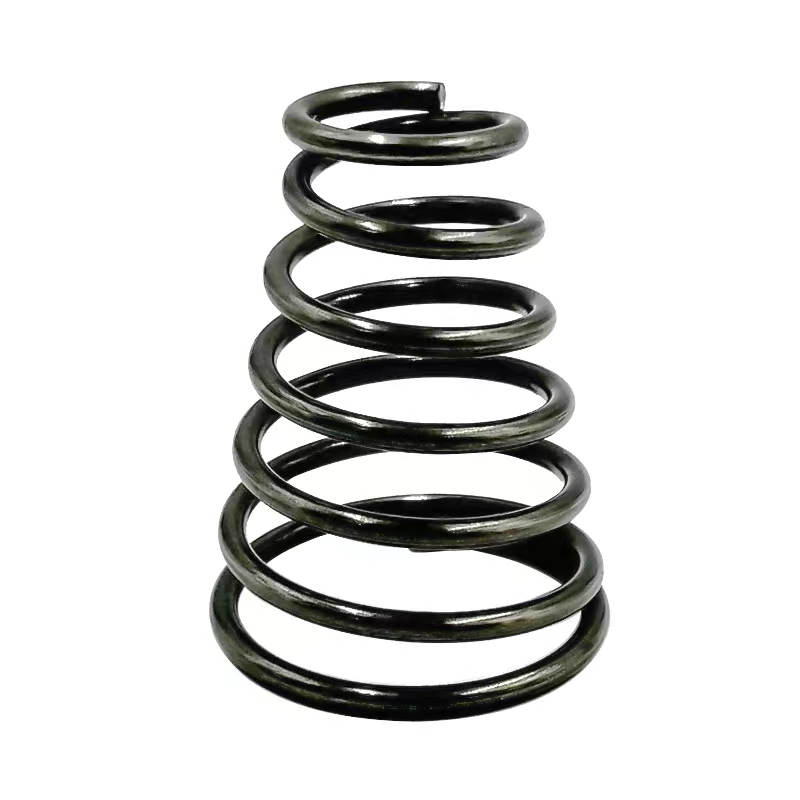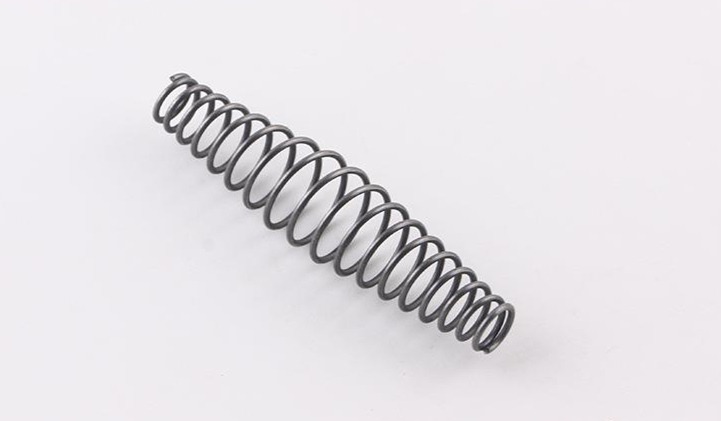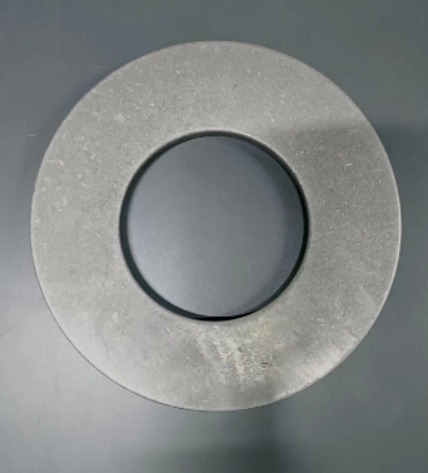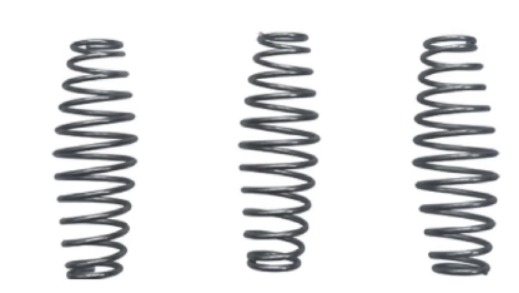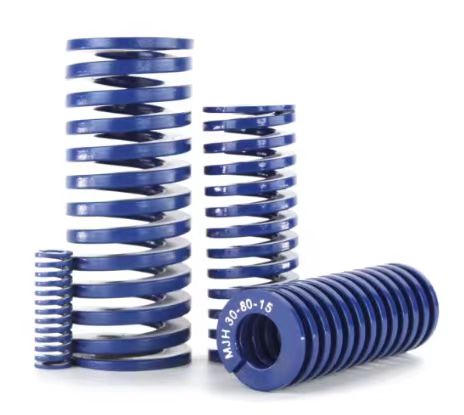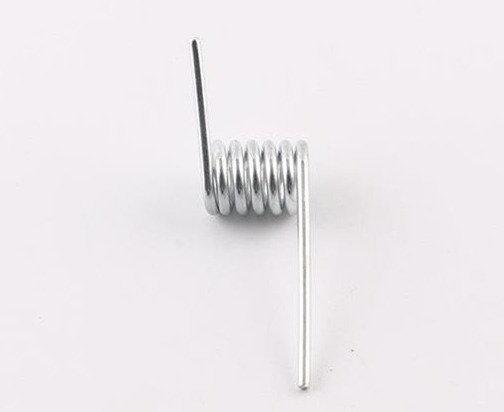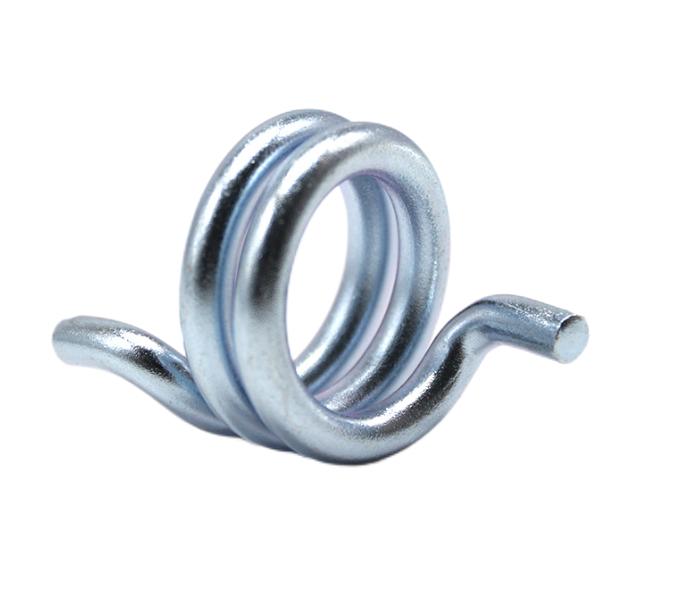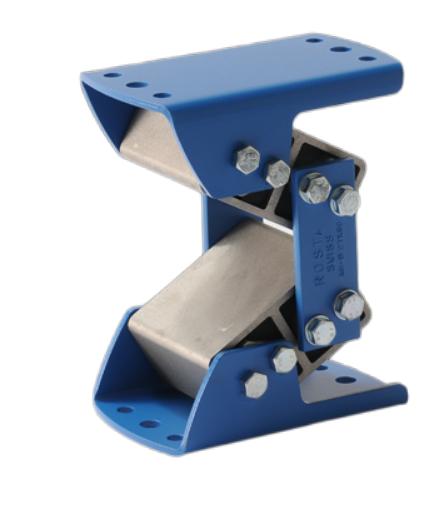Choosing the Right Hook-End Extension Springs
Extension springs are vital components in various mechanical systems, providing resilience and flexibility by absorbing and storing energy. Among the different types available, hook-end extension springs offer distinct advantages in specific applications. In this article, we delve into understanding hook-end extension springs, their types, applications, and factors to consider when choosing them.
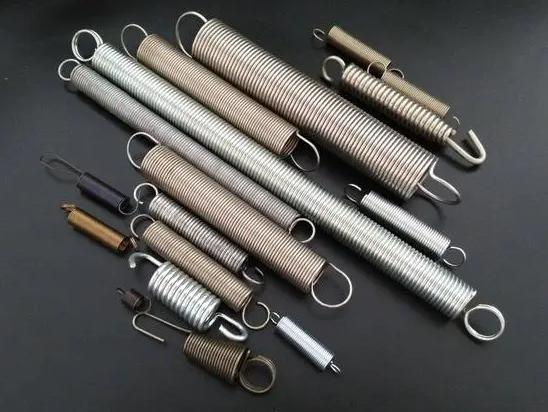
What are the Hook-End Extension Springs?
Hook-end extension springs are characterized by their hook-shaped ends, which allow them to attach to other components easily. These springs typically operate by extending when a force is applied and returning to their original position when the force is removed. They come in various sizes, materials, and configurations to suit different requirements.
Types of Hook-End Extension Springs
There are several types of hook-end extension springs available, each designed for specific applications:
- Standard Hooks: These are the most common type of hook-end extension springs, featuring simple, curved hooks at each end. They provide secure attachment points for connecting the spring to the application.
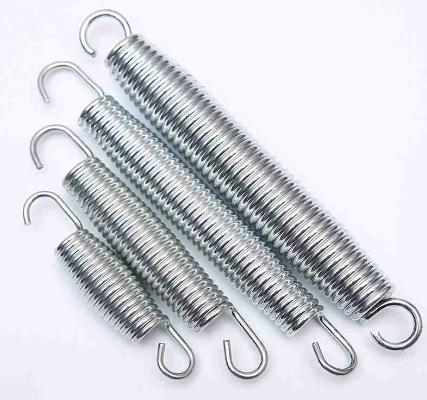
- Cross-over hooks: These hooks are similar to machine hooks, but they are bent so that the end of the hook crosses over the body of the spring. Cross-over hooks provide a more stable connection than machine hooks, and they are often used in applications where the spring is subject to high loads.
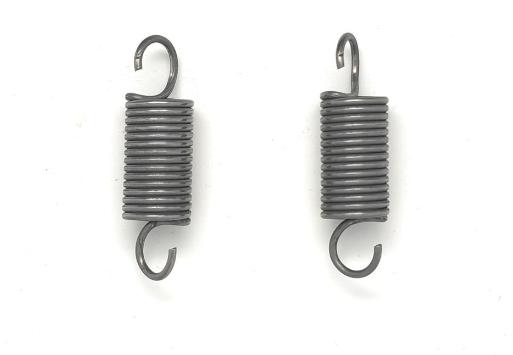
- Extended Hooks: Extended hook tension spring have longer ends compared to standard hooks, offering increased flexibility in attachment options. They are useful when additional space or clearance is needed for installation.
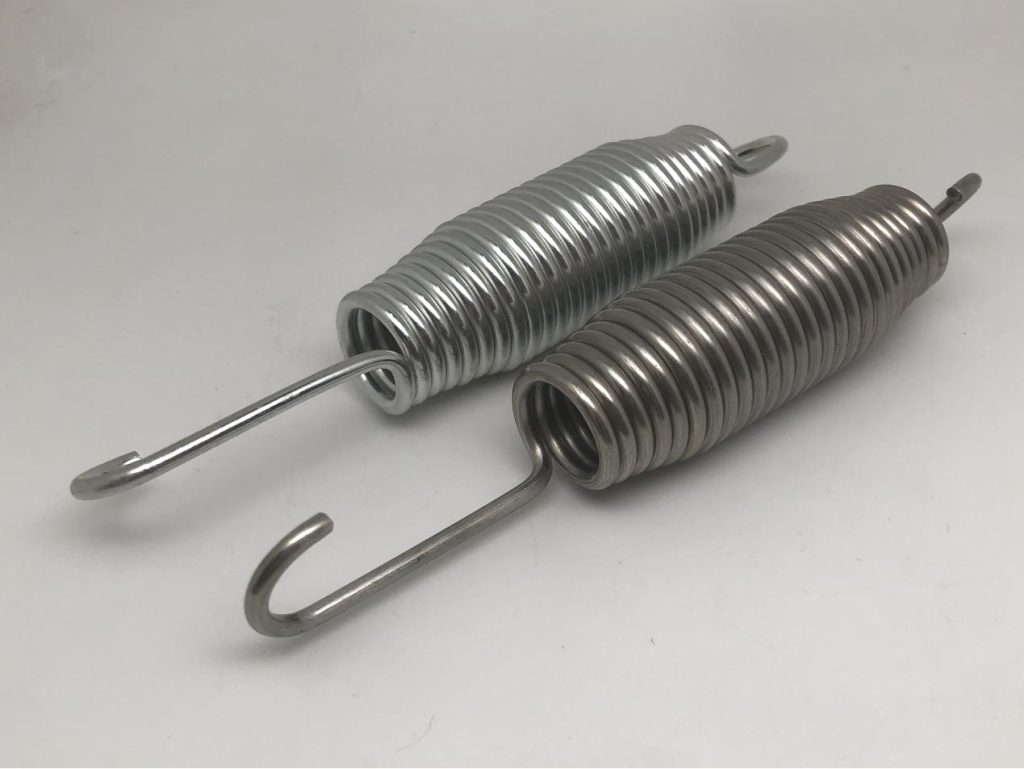
- Machine Hooks: Machine hooks are characterized by their straight, flat ends, which are designed to be securely attached to a specific mounting point or mechanism within a machine or device. They are made by bending the end of the wire back onto itself to form a closed loop. Machine hooks are strong and versatile, providing stability and precise positioning.
- Threaded Hooks: Threaded hooks feature threads at the ends instead of traditional hooks. These threads allow for easy attachment to threaded components or fixtures, providing a secure connection and facilitating adjustment if necessary.
- Side hooks: These hooks are made by bending the end of the wire out to the side of the spring body. Side hooks are not as strong as machine hooks or cross-over hooks, but they can be useful in applications where space is limited.
- Customized Hook-end Extension Springs: Manufacturers can customize hook-end extension springs to meet specific requirements of the application. This may include variations in hook shape, size, angle, or configuration to optimize performance and compatibility with the intended use.
Each type of hook-end extension spring offers unique advantages and is chosen based on factors such as the application’s space constraints, attachment requirements, load capacity, and environmental conditions.
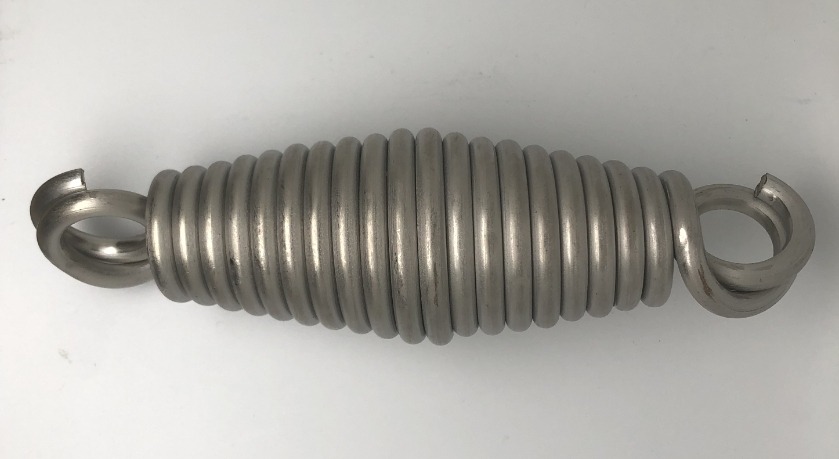
Applications of Hook-End Extension Springs
Hook-end extension springs find versatile applications across numerous industries due to their flexibility, resilience, and ease of installation. Some common applications include:
- Automotive Industry: Hook-end extension springs are widely used in automotive applications such as suspension systems, seat adjustments, trunk and hood latches, and door mechanisms. These springs provide the necessary tension and support for various components, ensuring smooth operation and reliability.
- Industrial Machinery: In industrial settings, hook-end extension springs are employed in conveyor systems to maintain tension, door mechanisms to facilitate opening and closing, and manufacturing equipment to provide controlled movement and support. They are also used in equipment such as garage doors, agricultural machinery, and heavy-duty machinery.
- Aerospace Sector: Aerospace applications demand high-performance springs to withstand extreme conditions and provide precise control. Hook-end extension springs are utilized in aircraft seating mechanisms, cargo doors, landing gear assemblies, and control surfaces to absorb shock, dampen vibration, and ensure safety and comfort for passengers and crew.
- Medical Devices: In the medical field, hook-end extension springs are used in various devices such as surgical instruments, patient beds, rehabilitation equipment, and diagnostic devices. These springs provide precise tension and support, contributing to the functionality and effectiveness of medical equipment.
- Consumer Goods: Hook-end extension springs are found in numerous consumer products, including toys, furniture, exercise equipment, and appliances. They are used in mechanisms such as recliners, exercise machines, and kitchen appliances to provide tension, support, and controlled movement.
- Electronics and Electrical Equipment: Hook-end extension springs are employed in electronic devices, electrical switches, and connectors to provide tension and ensure proper functioning. They are also used in battery compartments, circuit breakers, and lighting fixtures to facilitate opening and closing mechanisms.
- Construction and Architecture: In the construction industry, hook-end extension springs are utilized in various applications such as door hinges, window mechanisms, gate closures, and garage door systems. These springs provide the necessary tension and support for smooth operation and security.
- Marine and Offshore Equipment: In marine and offshore applications, hook-end extension springs are used in boat latches, fishing equipment, buoyancy devices, and offshore rigging systems. They withstand exposure to harsh environmental conditions such as saltwater, humidity, and corrosion.
Overall, hook-end extension springs play a critical role in a wide range of applications, contributing to the functionality, reliability, and safety of mechanical systems across diverse industries. Their versatility, combined with their ability to provide tension, support, and controlled movement, makes them indispensable components in various applications.
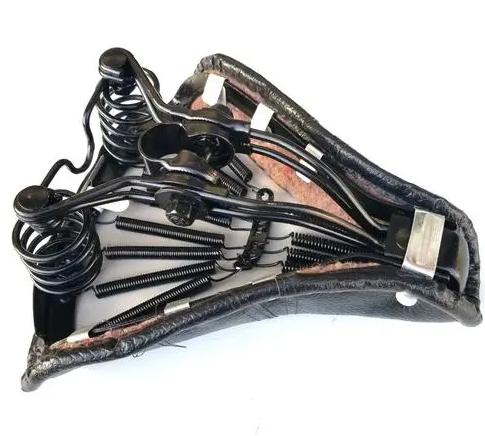
Factors to Consider when Choosing Hook-End Extension Springs
Choosing the right hook-end extension spring involves considering several factors to ensure it functions properly for your application. Here’s a breakdown of the key aspects to keep in mind:
1. Spring Dimensions:
- Wire Diameter: This determines the spring’s strength and weight capacity. Thicker wires handle heavier loads but are less flexible.
- Free Length: This is the unstretched length of the spring when it’s not under tension.
- Body Diameter (Outer Diameter): This is the overall diameter of the spring coils.
- Hook End Configuration: There are various hook designs like crossover hooks, machine hooks, and side hooks. Each offers different attachment options.
2. Load and Extension:
- Static Load: This is the constant pulling force the spring will be subjected to. Choose a spring with a capacity exceeding your application’s maximum load.
- Spring Rate: This indicates how much the spring stretches under a specific load (measured in force per unit length). A higher rate translates to less stretch under load.
- Maximum Deflection: This is the greatest desired extension length of the spring before reaching its limitations.
3. Material and Environment:
- Material: Common choices include music wire, stainless steel, and spring steel. Each offers varying degrees of strength, corrosion resistance, and temperature tolerance.
- Operating Environment: Consider factors like temperature extremes, exposure to chemicals, or vibrations that might affect the spring’s performance and material selection.
4. Additional Considerations:
- Fatigue Life: This refers to how many cycles of extension and compression the spring can withstand before failure. Choose a spring with a fatigue life exceeding your application’s usage cycles.
- Space Constraints: If space is limited, consider using a smaller diameter spring with a higher spring rate to achieve the required force.
- Finish: Depending on the environment, a particular finish might be required to enhance corrosion resistance or improve aesthetics.
Consulting a spring manufacturer or using their online selection tools can be helpful in choosing the optimal hook-end extension spring for your specific needs.
Conclusion
Choosing the right hook-end extension springs is essential for ensuring optimal performance and reliability in various applications. By understanding the different types available, considering factors such as load requirements, material selection, spring rate, and hook configuration, and assessing specific application needs, you can select springs that meet your requirements effectively. Whether in automotive, industrial, aerospace, or medical applications, the proper selection of hook-end extension springs contributes to the overall efficiency and functionality of mechanical systems. If you cannot find the right hook-end extension springs, please contact KENENG to customize for your needs. Believe KENENG as a professional spring manufacturer, will not let you down.

